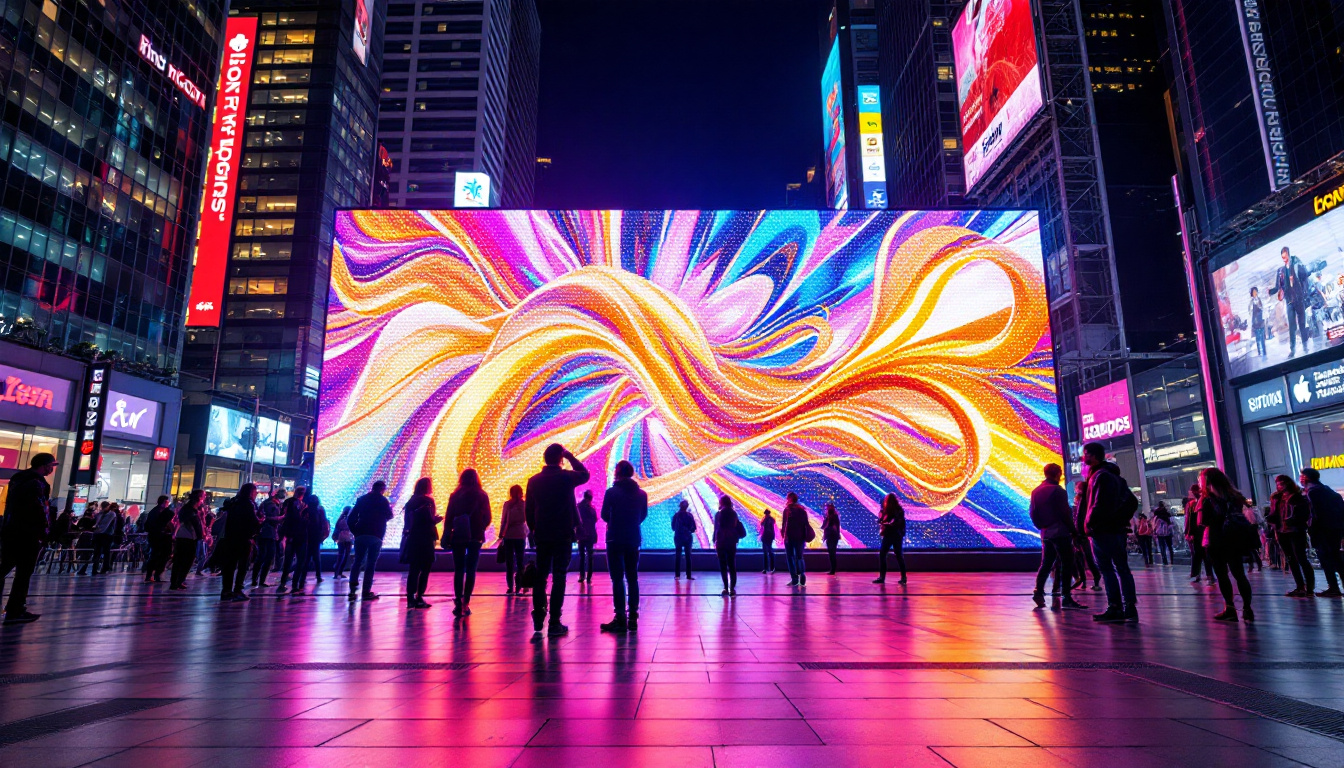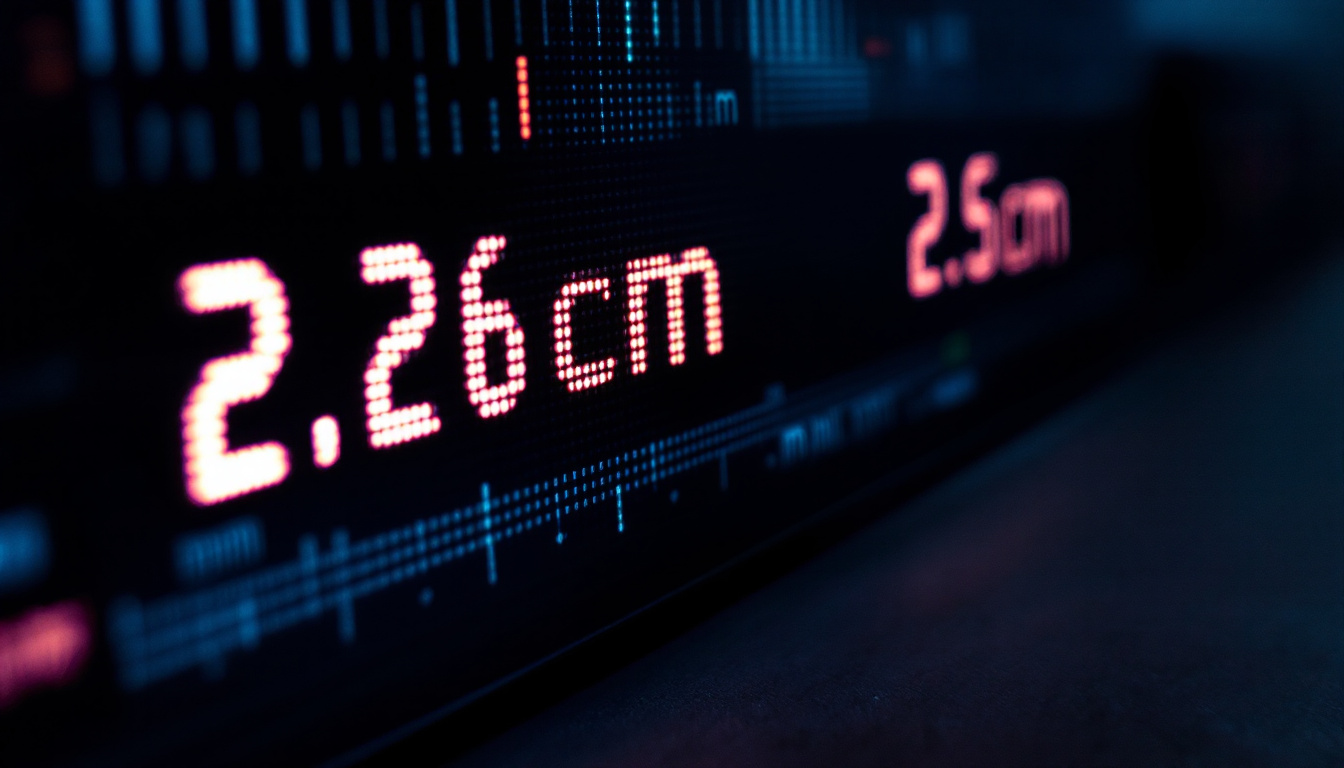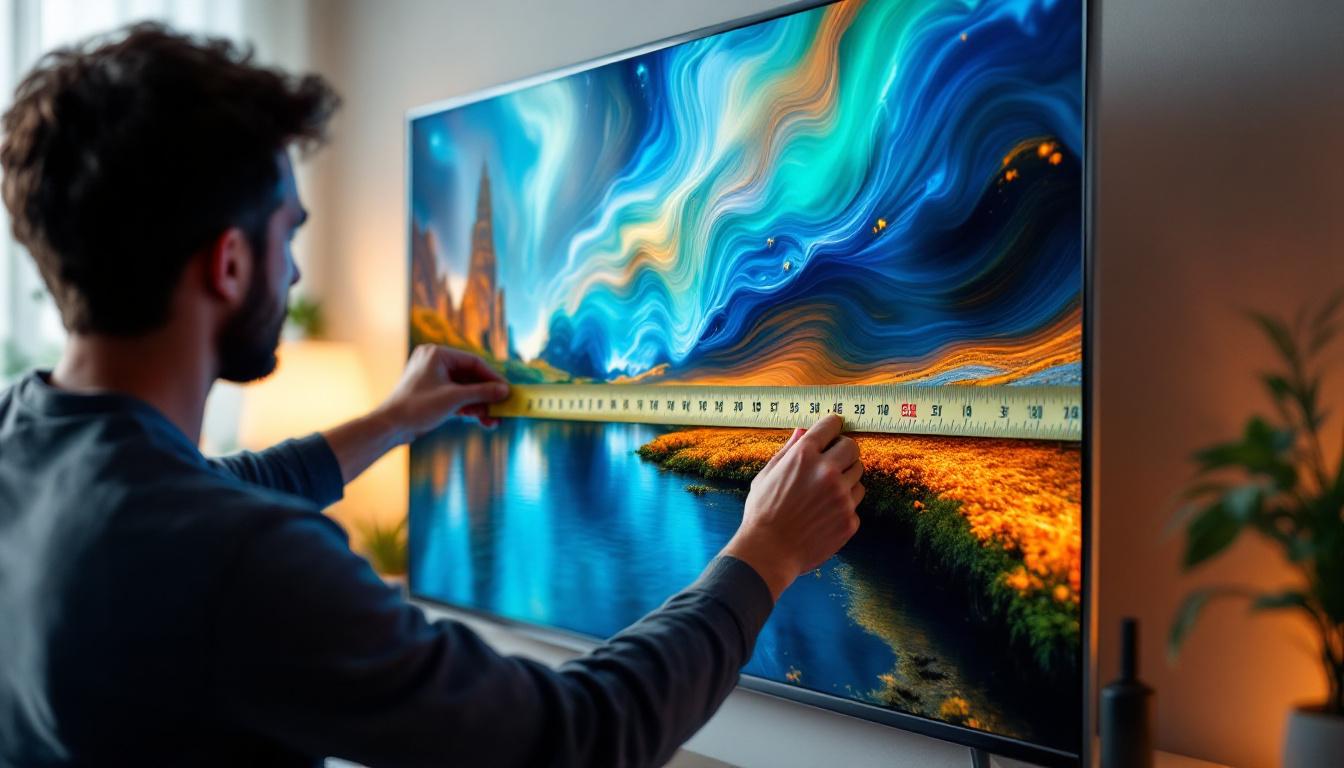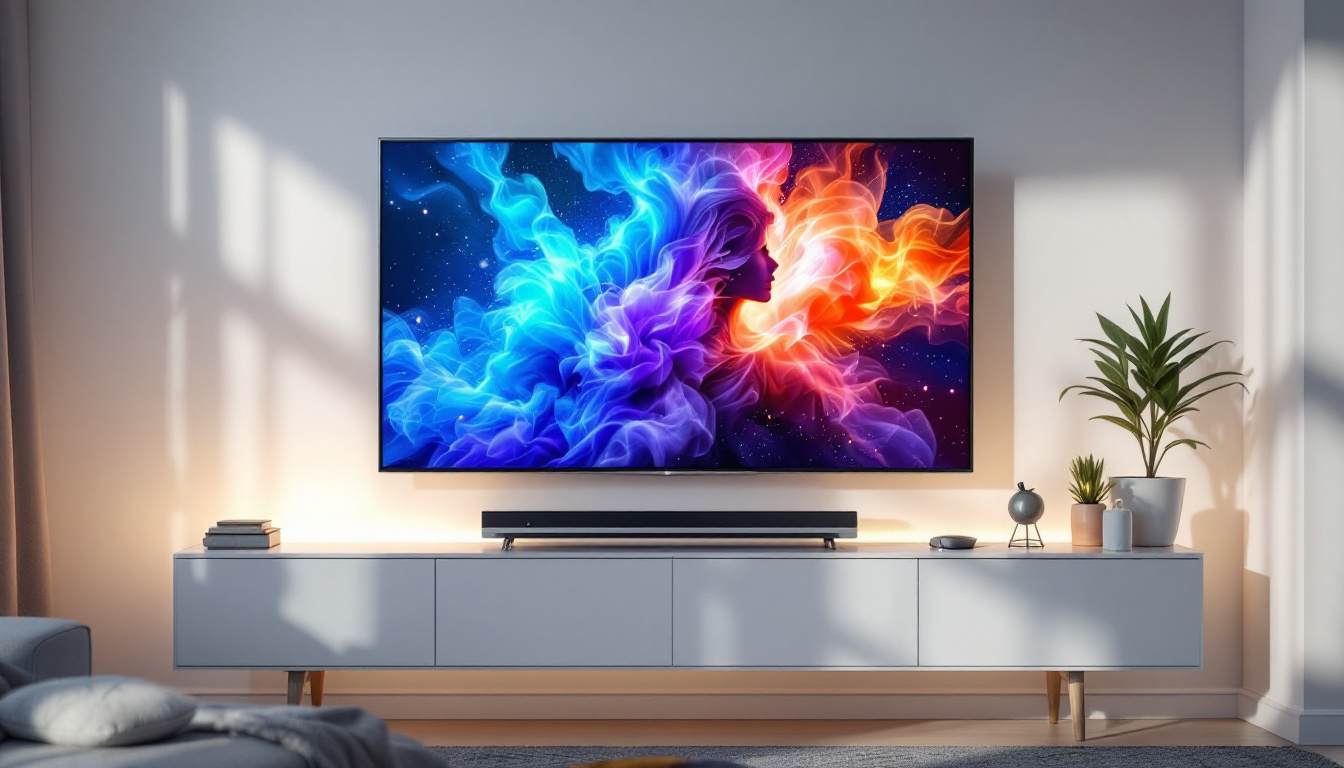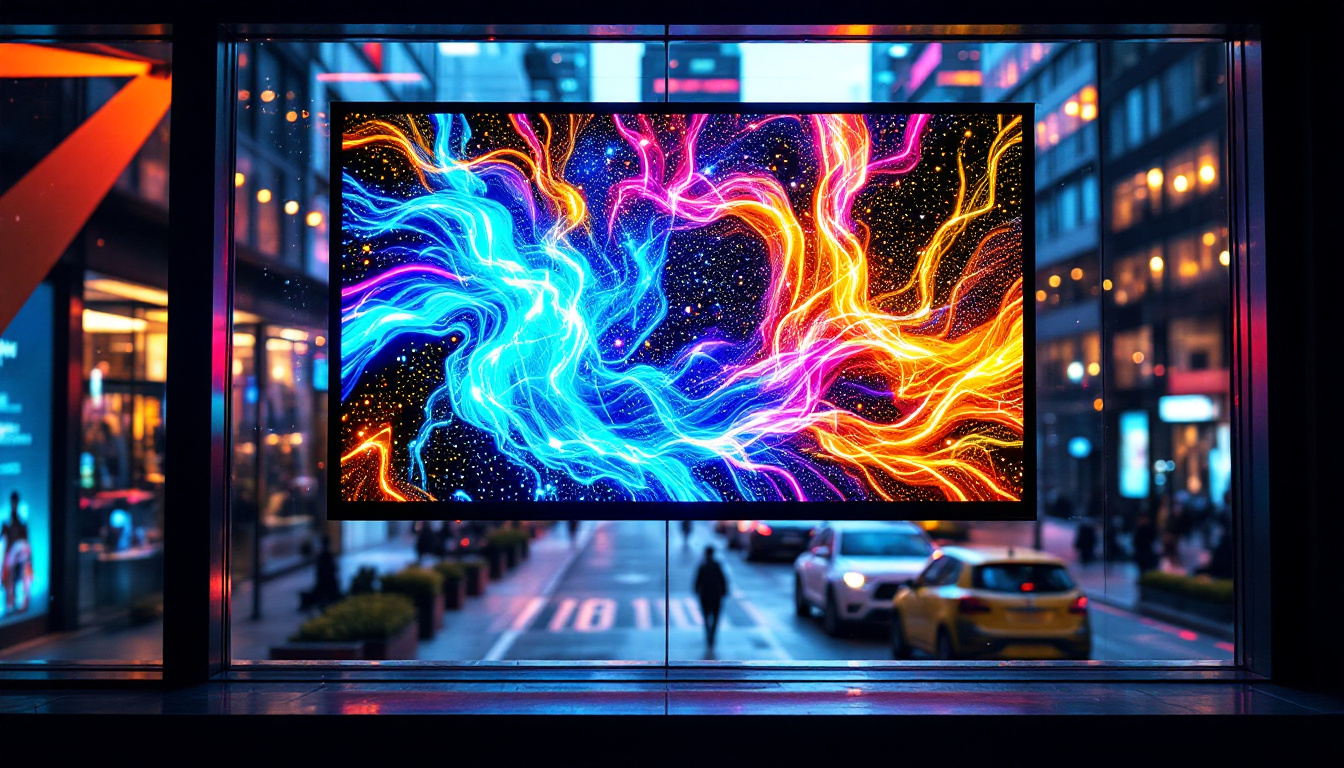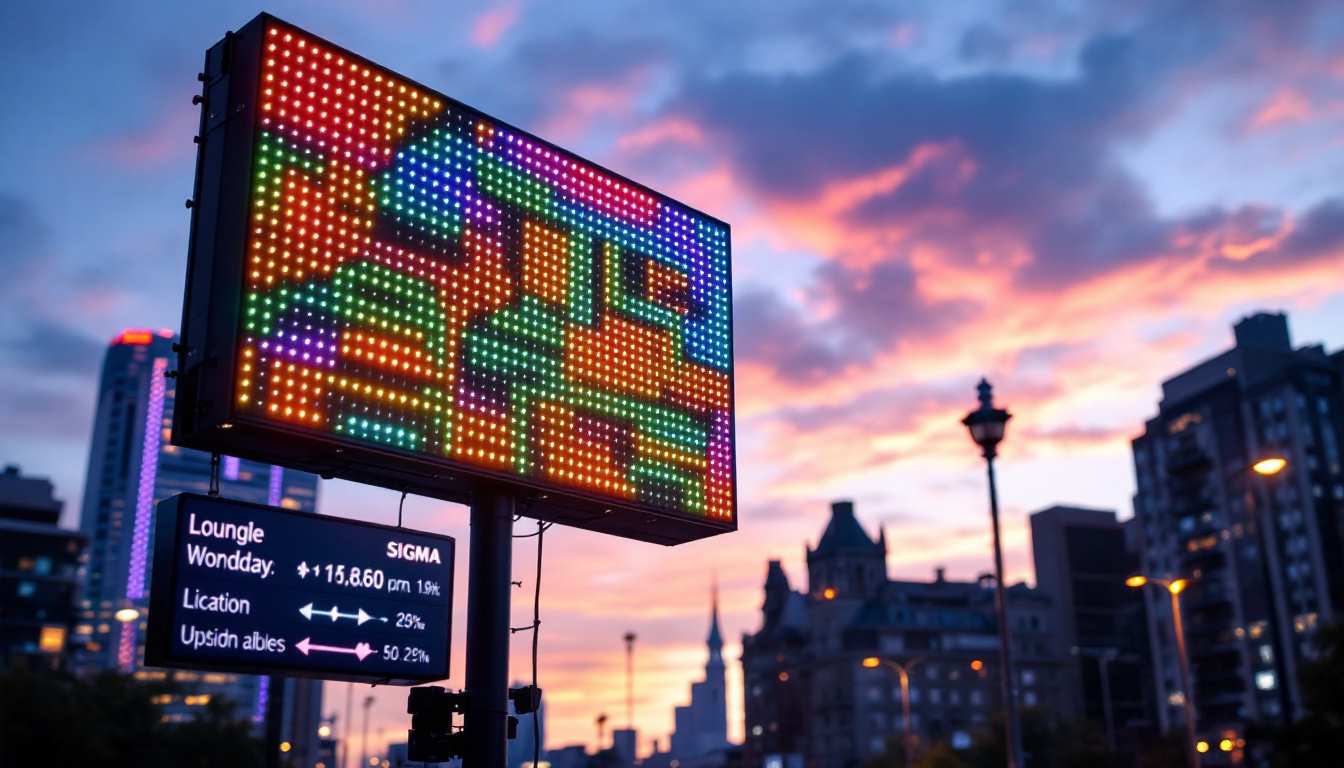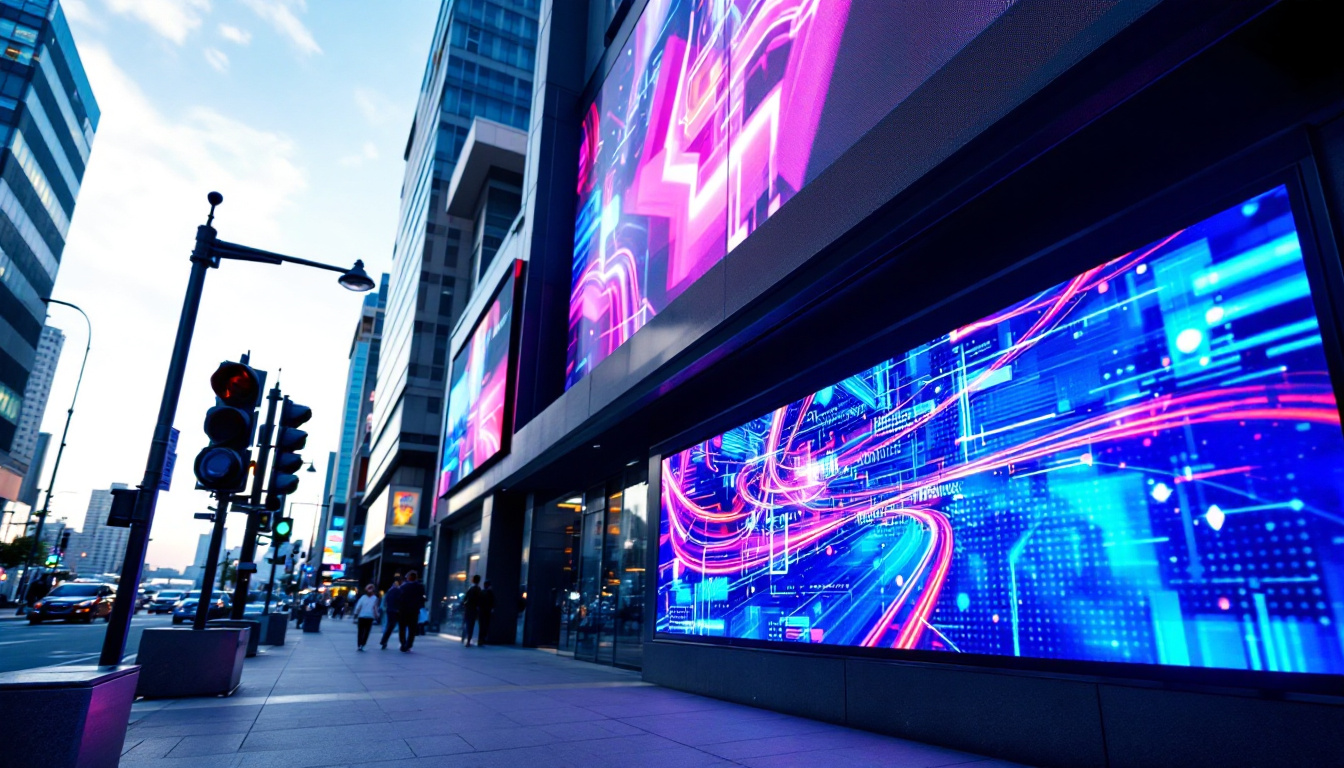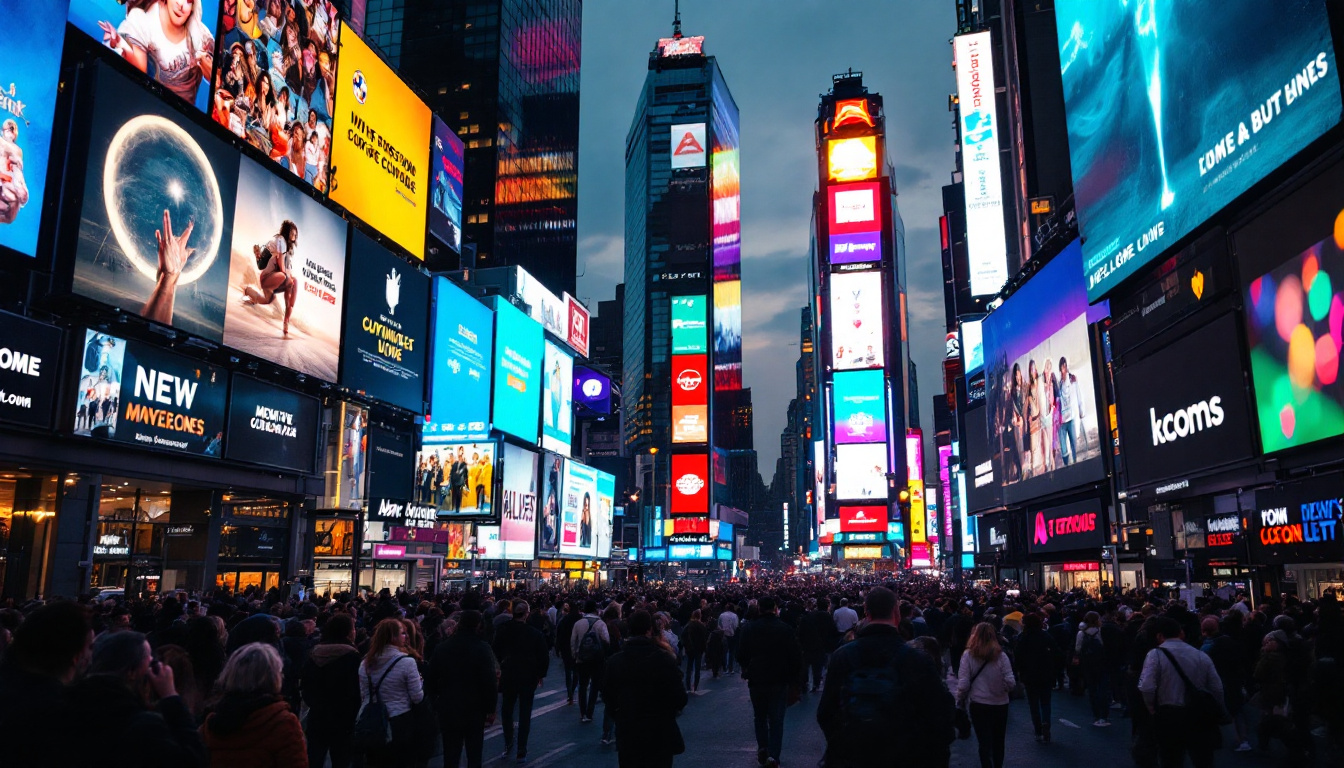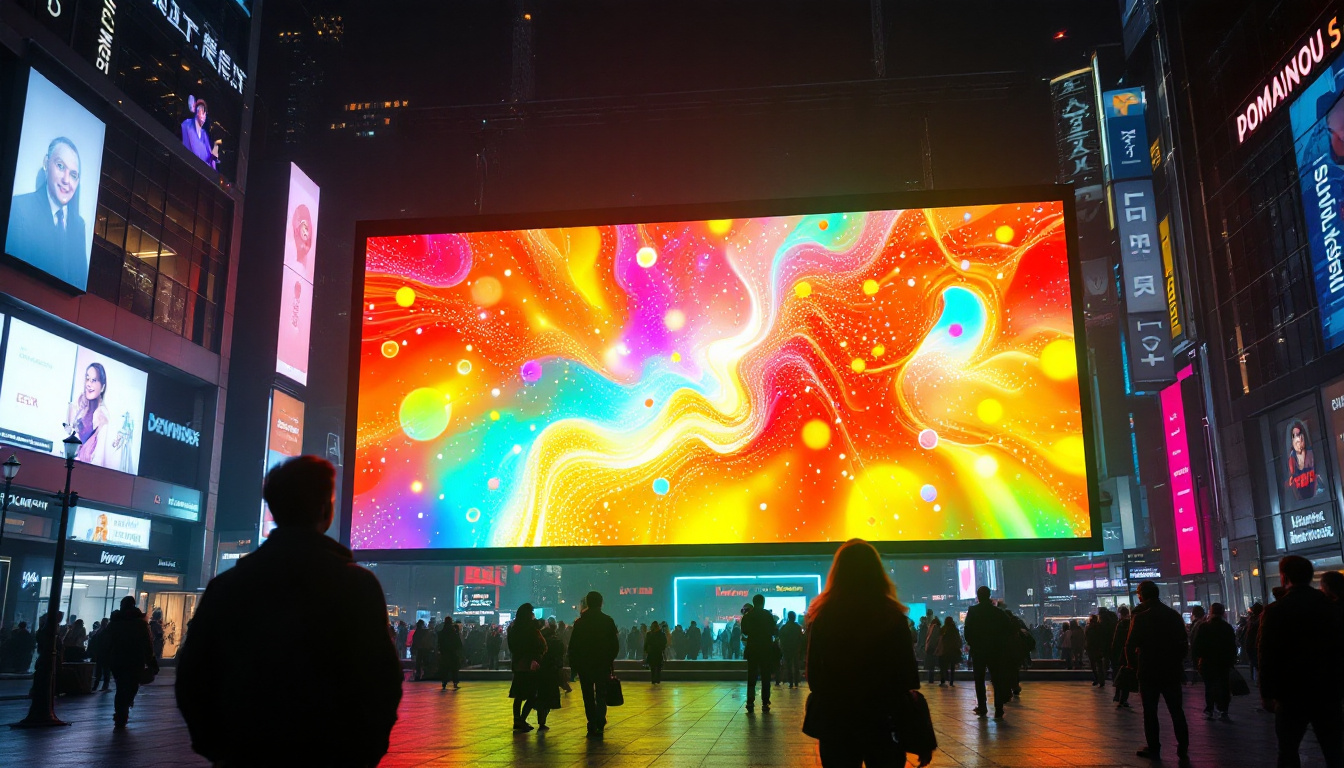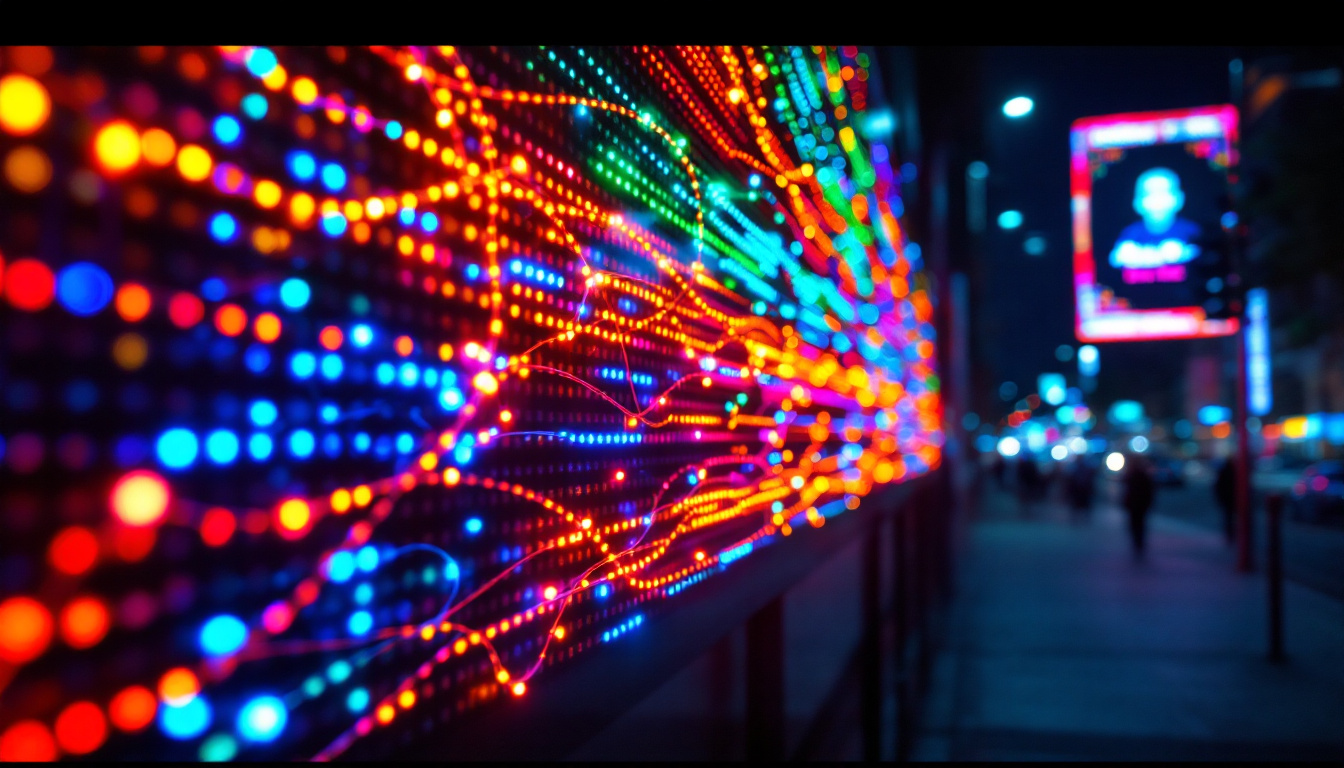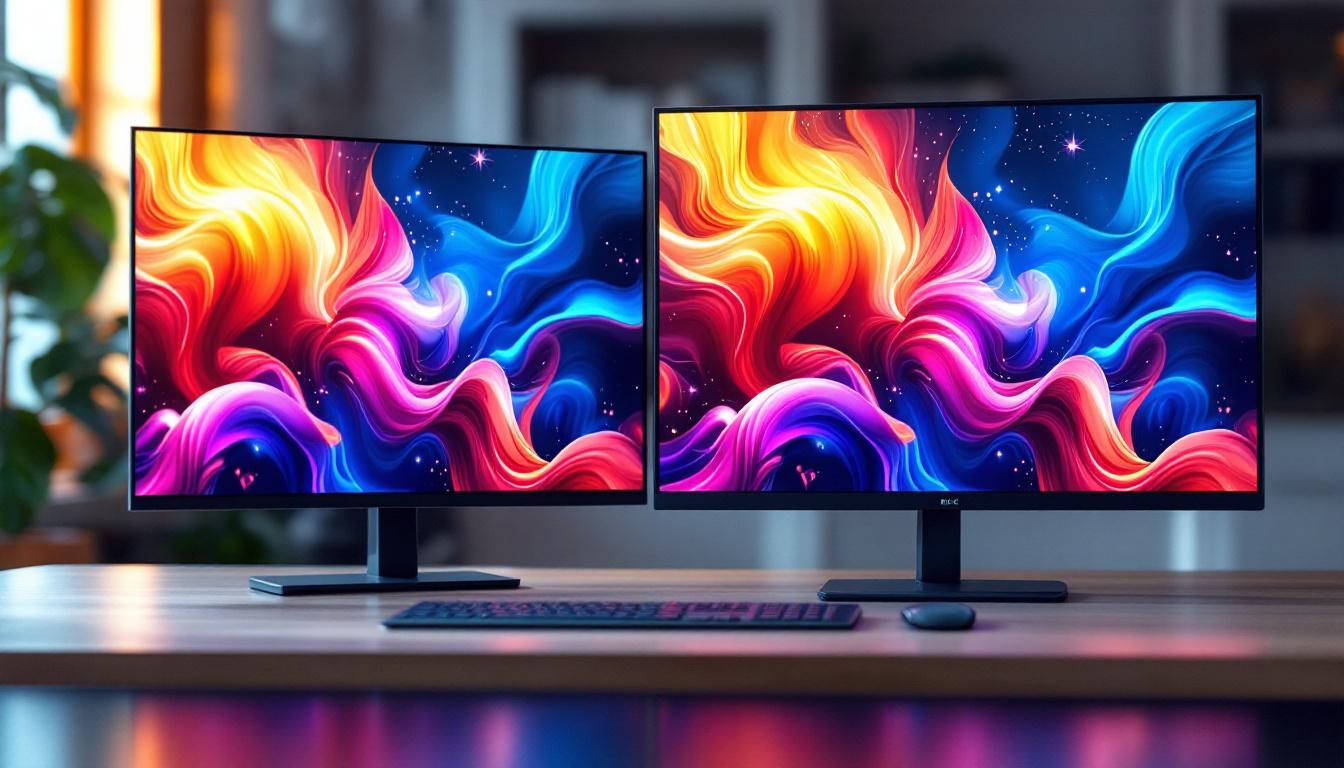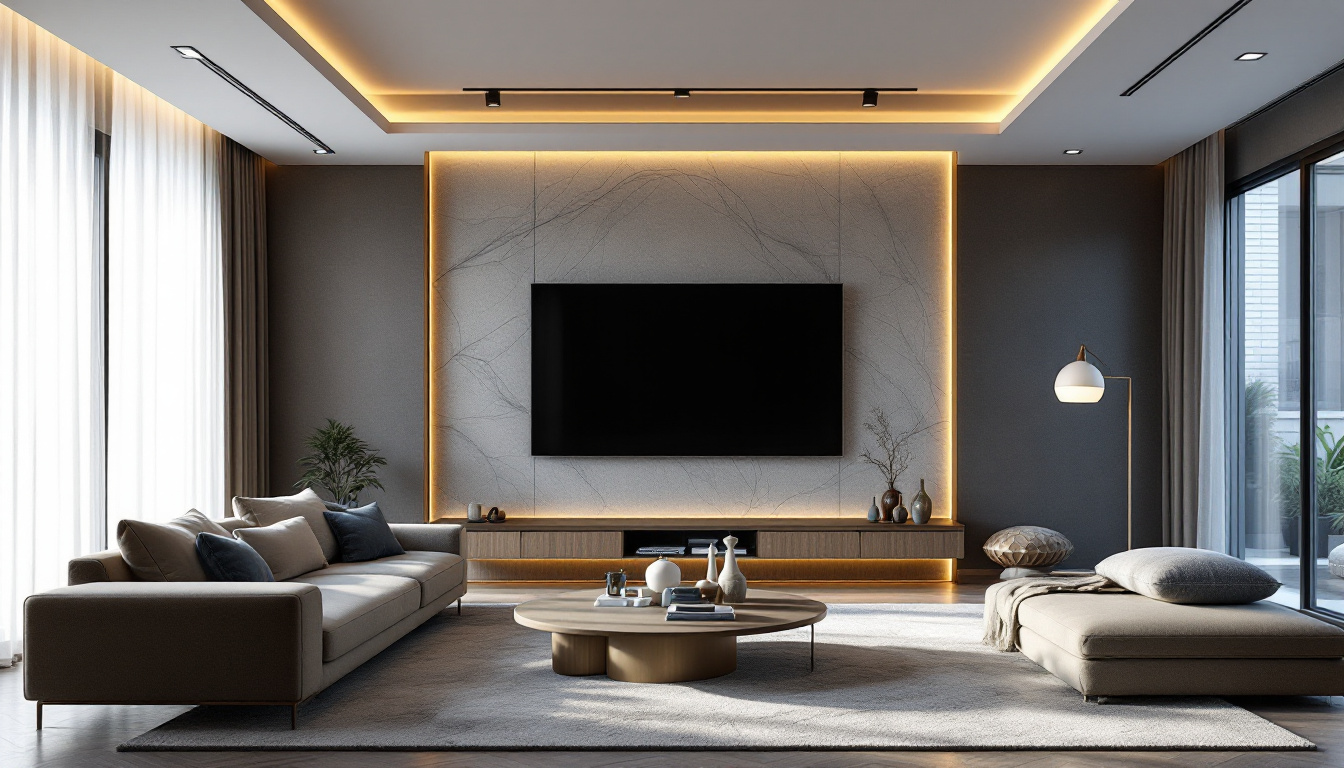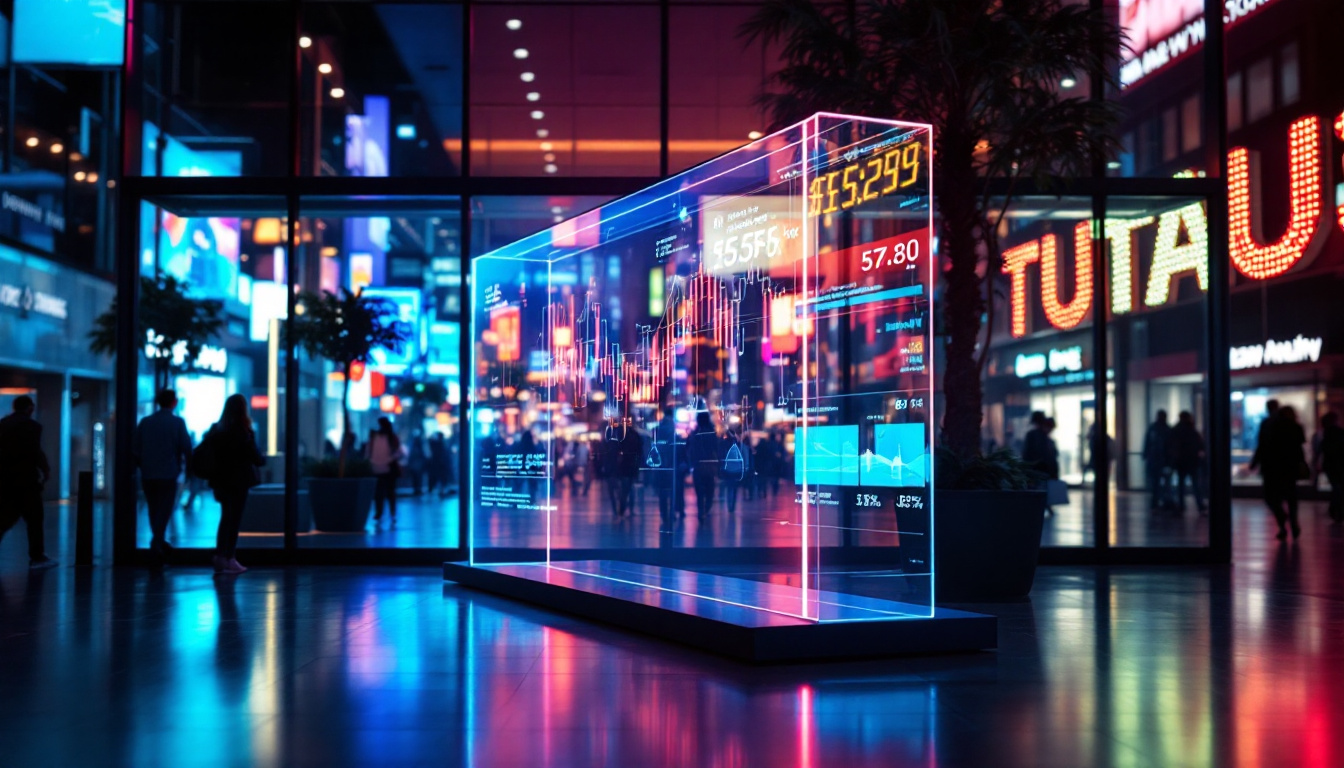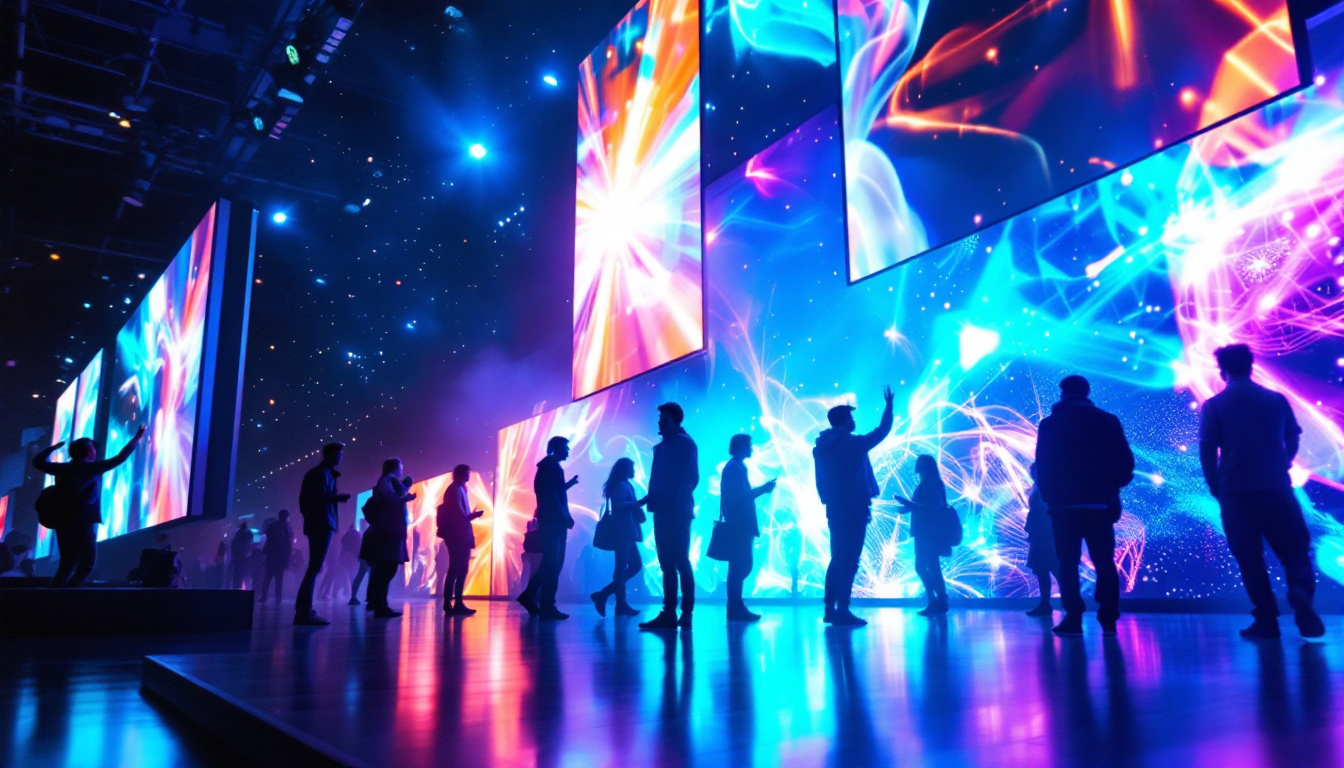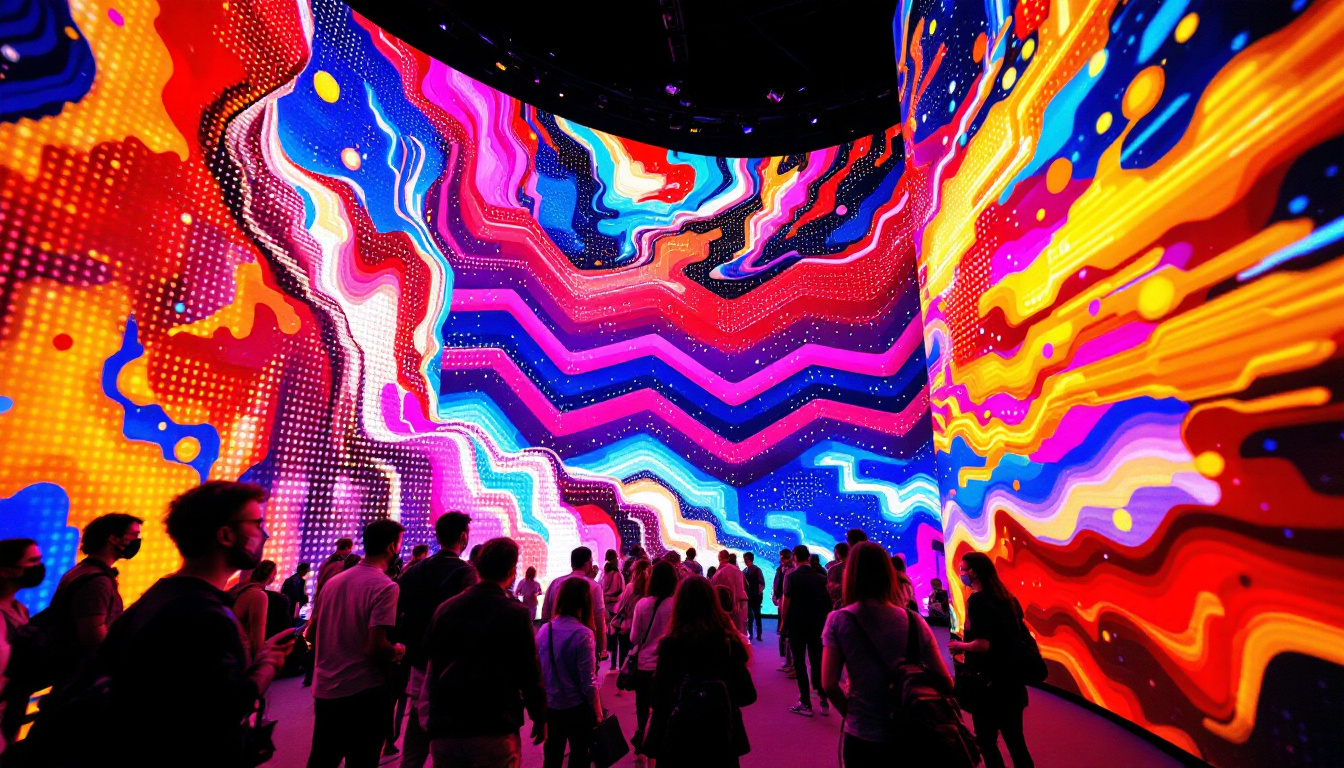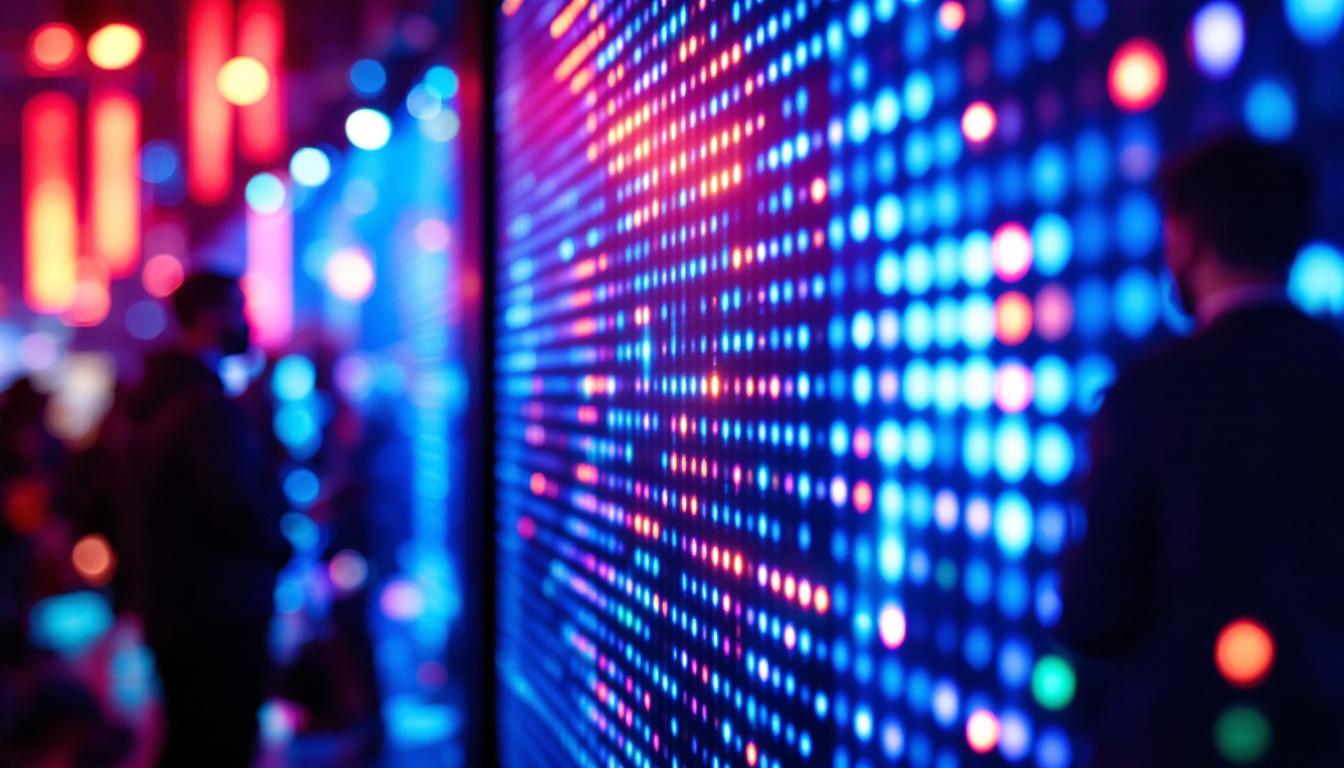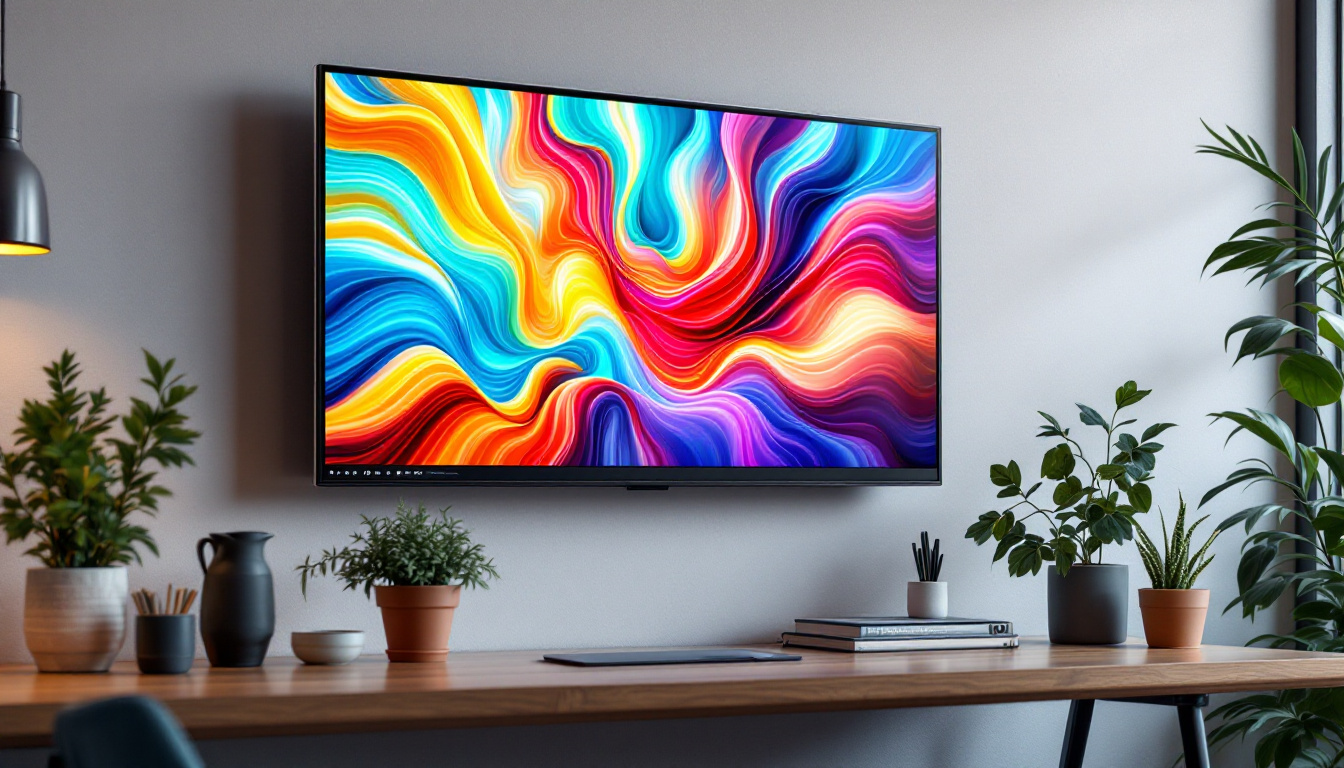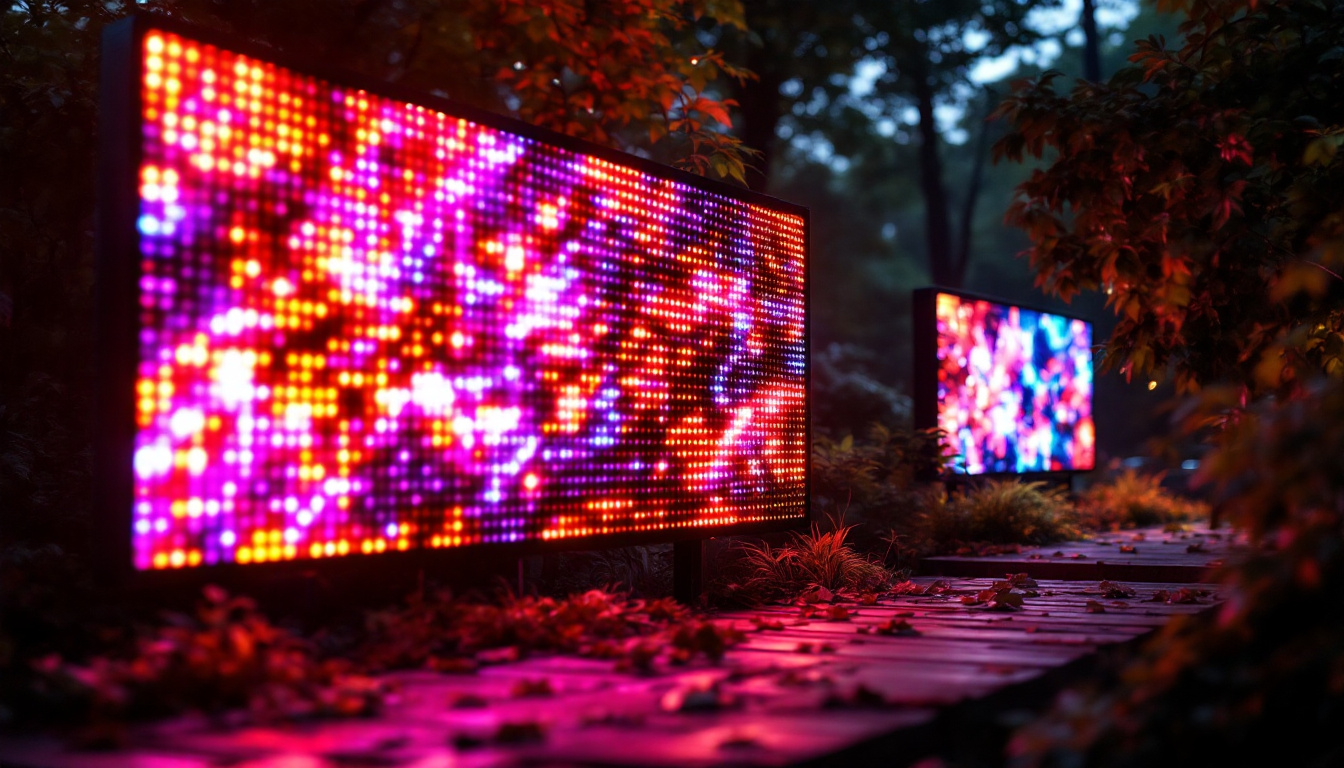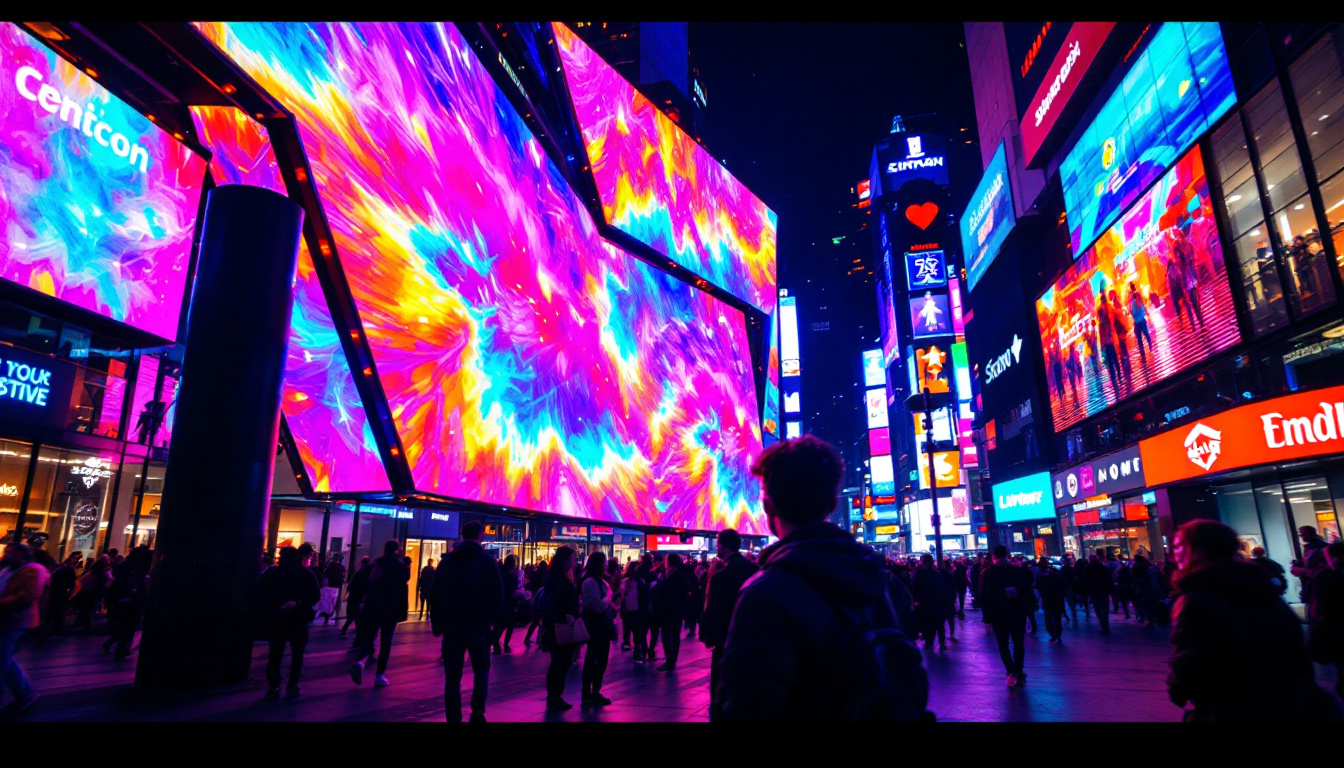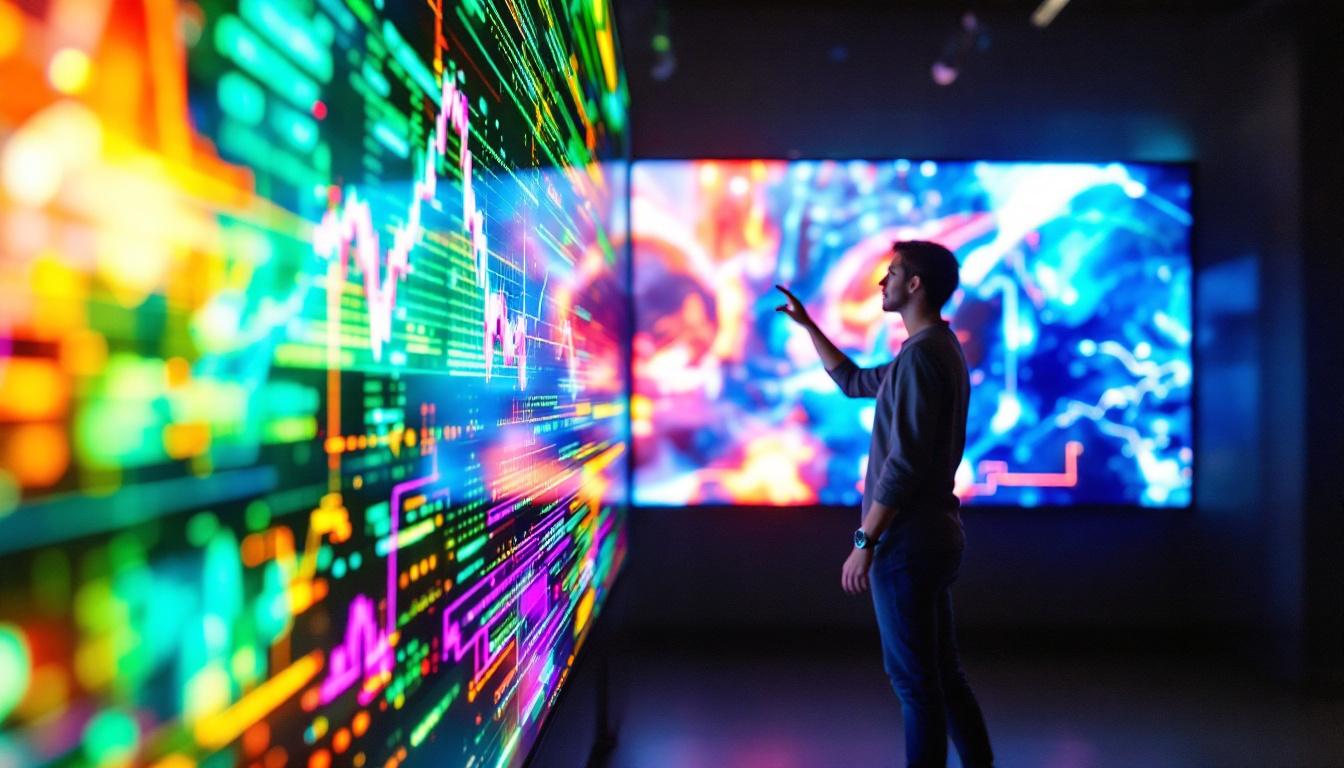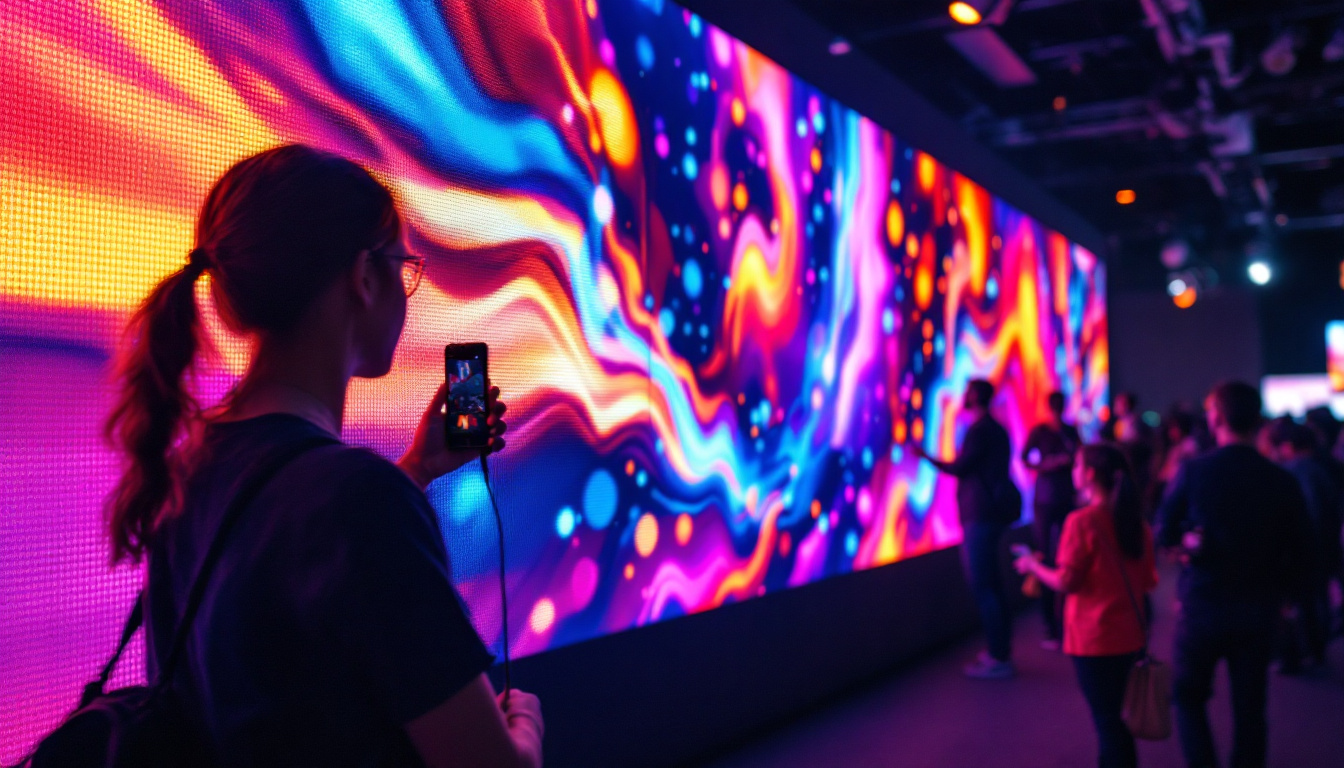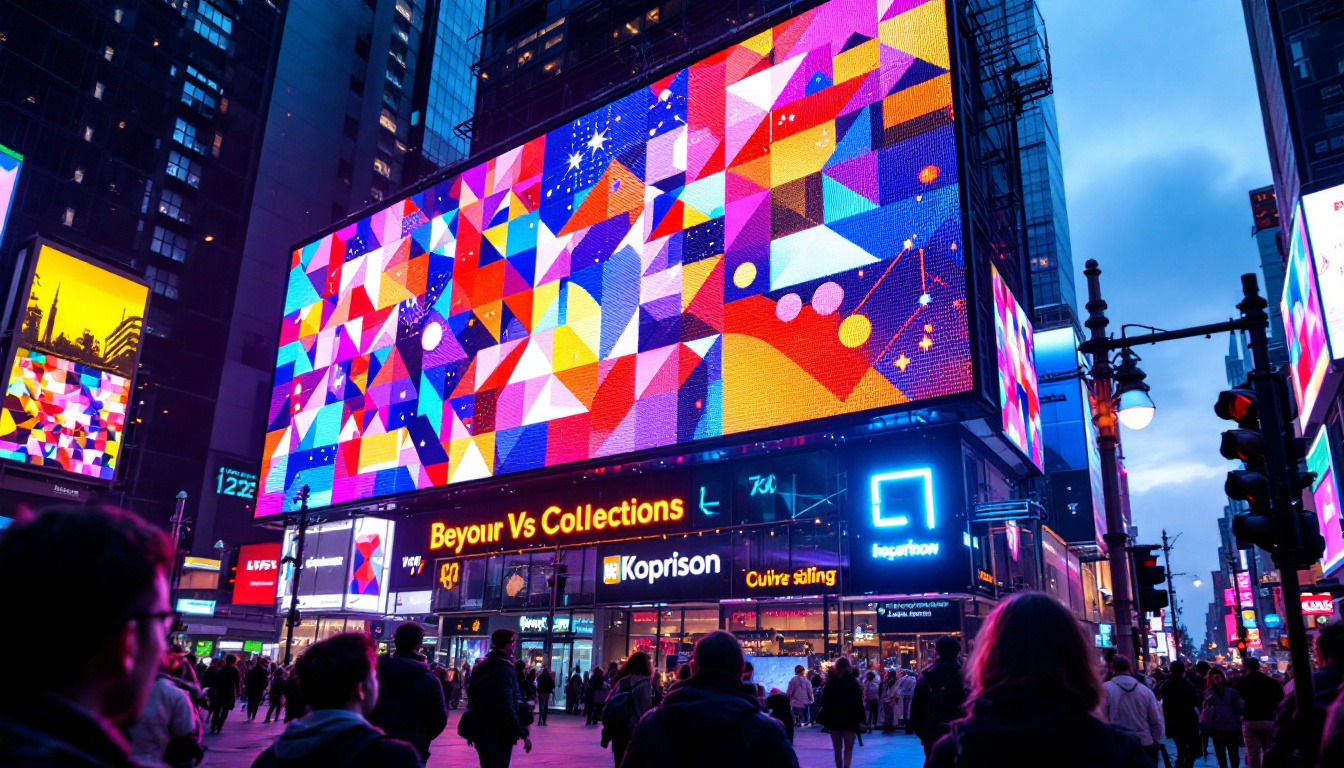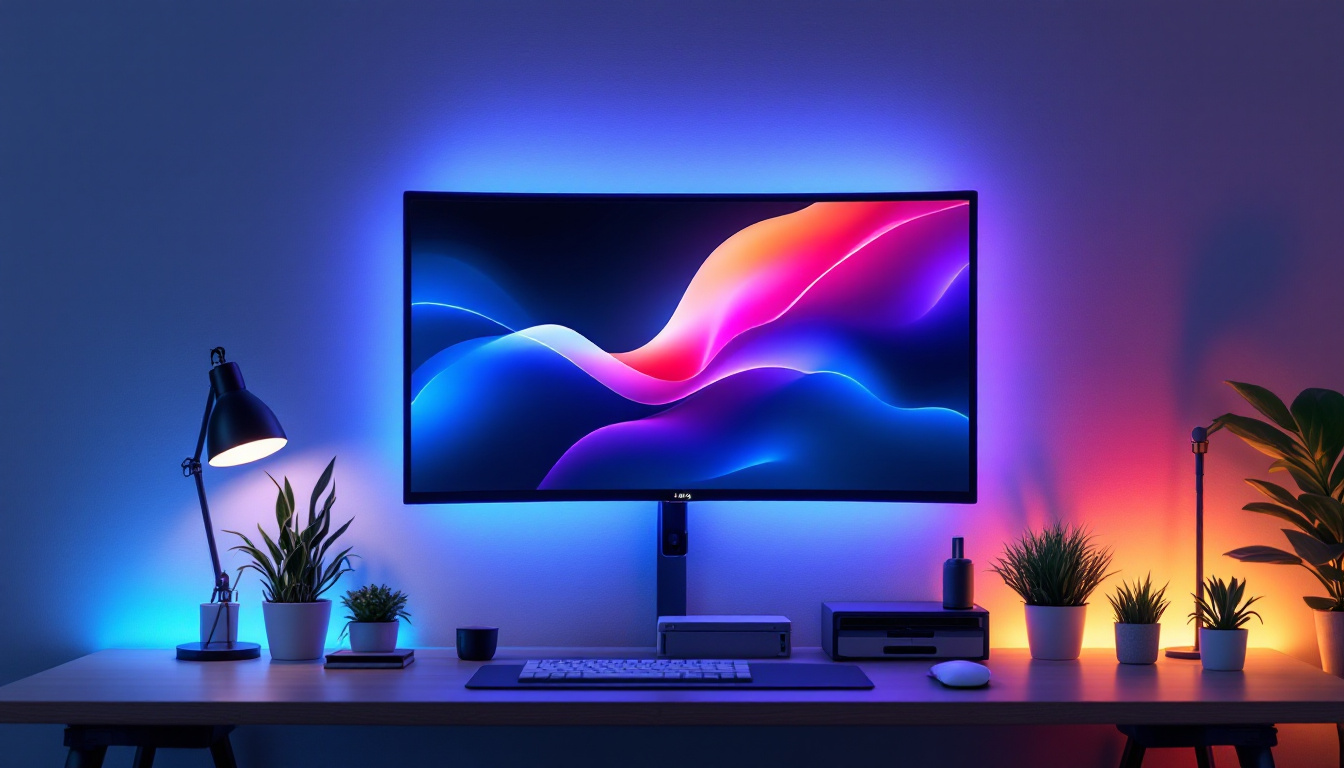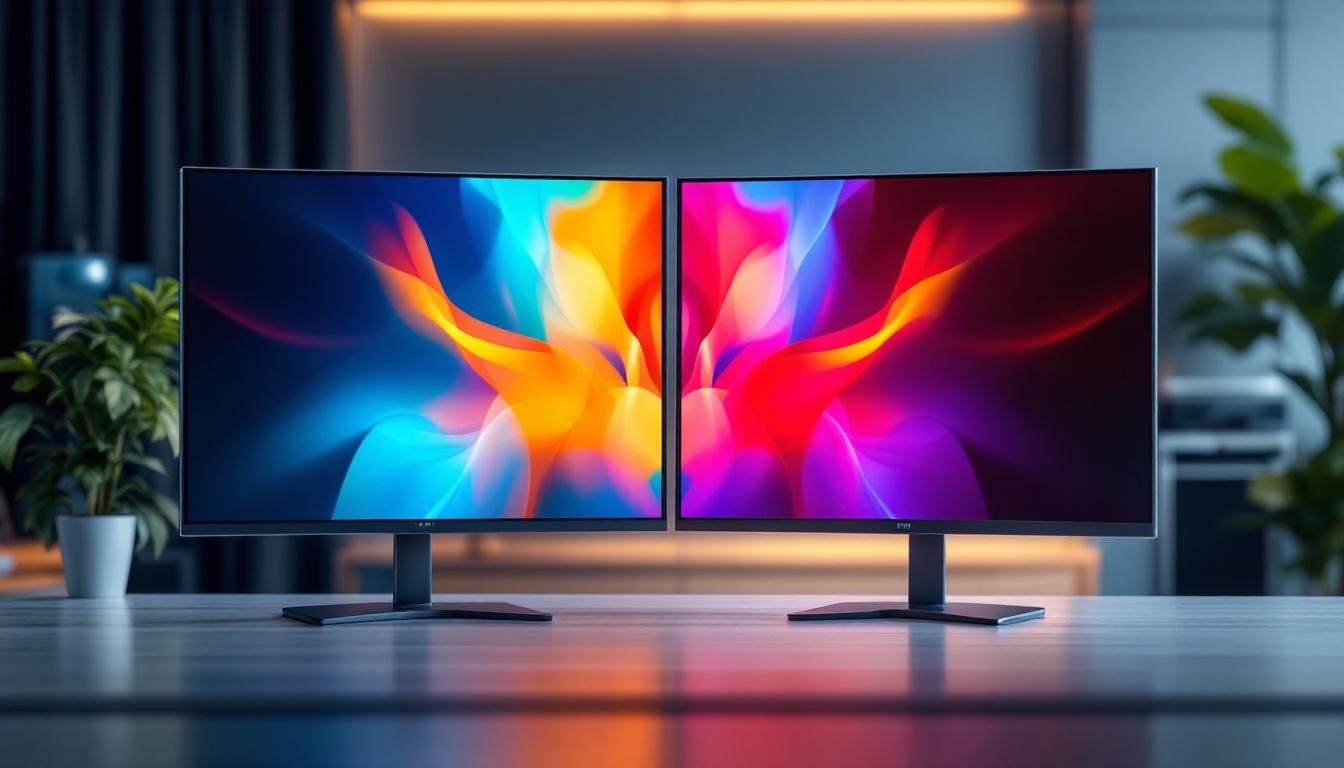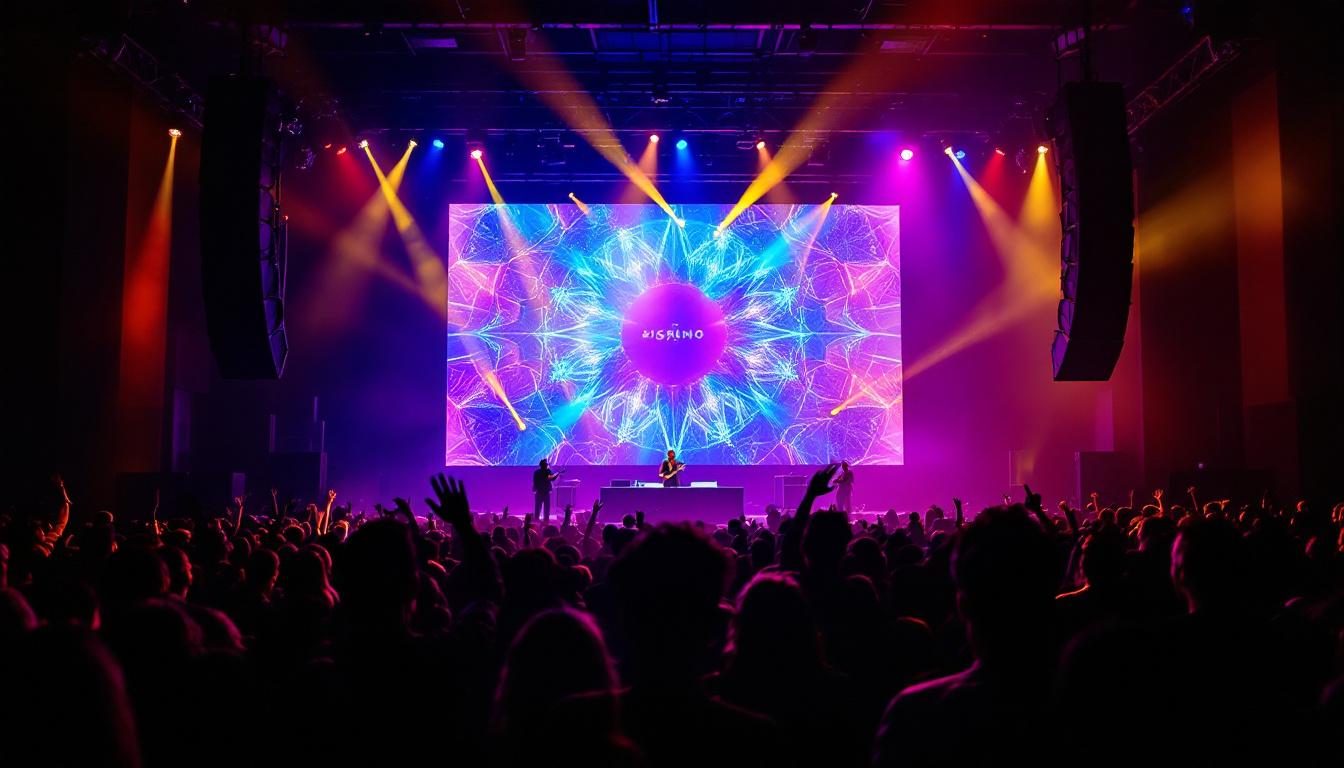In the world of modern technology, LED displays have emerged as a pivotal component in various industries, ranging from advertising to entertainment. M M Solutions has been at the forefront of this innovation, providing high-quality LED display solutions tailored to meet diverse needs. This article delves into the intricacies of LED displays, exploring their functionality, advantages, and applications.
Understanding LED Technology
Light Emitting Diodes (LEDs) are semiconductor devices that emit light when an electric current passes through them. Unlike traditional incandescent bulbs, LEDs are highly efficient and long-lasting, making them an ideal choice for display technologies. Their low energy consumption not only reduces electricity bills but also contributes to a smaller carbon footprint, which is increasingly important in today’s environmentally conscious society.
The Science Behind LEDs
LEDs work on a principle known as electroluminescence, where electrons recombine with holes within the device, releasing energy in the form of photons. This process allows for the creation of vibrant colors and sharp images, which are essential for effective visual communication. The efficiency of this process means that LEDs convert a much higher percentage of electrical energy into light compared to incandescent bulbs, which waste a significant amount of energy as heat.
Different materials can produce different colors of light. For instance, gallium nitride (GaN) is commonly used for blue LEDs, while gallium phosphide (GaP) is utilized for green. By combining various colored LEDs, it is possible to create a full spectrum of colors, which is crucial for high-quality displays. Additionally, advancements in technology have led to the development of white LEDs, which are created by combining blue LEDs with phosphor materials that emit yellow light, resulting in a balanced white light that is suitable for a variety of applications.
Types of LED Displays
There are several types of LED displays, each designed for specific applications. The most common types include:
- Direct View LED Displays: These are made up of individual LED modules that are directly viewed by the audience. They are often used in large outdoor billboards and video walls. The modular nature of these displays allows for easy customization in size and shape, making them versatile for various advertising needs.
- LED Backlit Displays: These displays use LEDs to backlight an LCD panel, enhancing brightness and contrast. They are commonly found in televisions and computer monitors. The use of LED backlighting not only improves image quality but also allows for thinner and lighter designs, making modern devices more portable and aesthetically pleasing.
- Organic LED (OLED) Displays: Utilizing organic compounds, OLED displays offer superior color accuracy and flexibility, making them popular in smartphones and high-end televisions. Unlike traditional LED displays, OLEDs do not require a backlight, as each pixel emits its own light, resulting in deeper blacks and a wider viewing angle.
In recent years, advancements in LED technology have led to the emergence of MicroLED displays, which promise even greater efficiency and picture quality. MicroLEDs consist of tiny, self-emitting pixels that can achieve higher brightness levels and improved energy efficiency compared to traditional LEDs. This technology is still in its infancy but holds great potential for the future of display technology, particularly in applications requiring ultra-high resolution and dynamic content.
Advantages of LED Displays
LED displays offer numerous advantages over traditional display technologies, making them a preferred choice for many applications. Here are some of the key benefits:
Energy Efficiency
One of the most significant advantages of LED displays is their energy efficiency. LEDs consume far less power compared to incandescent and fluorescent lights. This not only reduces electricity costs but also minimizes the carbon footprint, making them an environmentally friendly option. Additionally, their low heat emission means that less energy is wasted as heat, further enhancing their efficiency. This characteristic is particularly beneficial in large installations, where the cumulative energy savings can be substantial over time.
Longevity and Durability
LEDs have a remarkably long lifespan, often exceeding 50,000 hours of operation. This durability translates into lower maintenance costs and less frequent replacements, which is particularly beneficial for businesses that rely on continuous display functionality. Furthermore, LED technology is inherently robust, making these displays resistant to shock and vibration. This resilience makes them ideal for use in a variety of environments, from bustling city streets to remote outdoor locations, where traditional displays might fail or require frequent servicing.
High Brightness and Visibility
LED displays are known for their high brightness levels, making them visible even in direct sunlight. This is particularly advantageous for outdoor advertising and public displays, where visibility is crucial for capturing audience attention. The ability to adjust brightness dynamically also allows for optimal viewing experiences in varying light conditions, ensuring that content remains clear and engaging at all times. Moreover, the color accuracy and contrast ratios of LED displays are superior to many traditional technologies, enhancing the overall visual appeal and effectiveness of the displayed content.
Versatility in Applications
Beyond their energy efficiency and durability, LED displays are incredibly versatile, finding applications across a wide range of industries. From large-scale billboards and stadium screens to indoor signage and retail displays, their adaptability makes them suitable for any setting. The modular nature of LED technology allows for creative configurations, enabling designers to craft unique shapes and sizes that cater to specific branding needs. This flexibility not only enhances aesthetic appeal but also allows businesses to convey their messages in innovative ways that stand out in a crowded marketplace.
Enhanced User Experience
Another compelling advantage of LED displays is their ability to enhance user experience through dynamic content delivery. With the capability to showcase high-definition videos, animations, and real-time information, LED displays engage viewers more effectively than static signage. This interactivity can be further amplified through the integration of sensors and smart technology, allowing for personalized content that resonates with individual viewers. As a result, businesses can create memorable experiences that foster customer loyalty and drive engagement, making LED displays an invaluable tool in modern marketing strategies.
Applications of LED Displays
The versatility of LED displays allows them to be used in a wide range of applications across various industries. Here are some notable examples:
Advertising and Marketing
In the advertising sector, LED displays have revolutionized how brands communicate with their audiences. Dynamic content can be showcased on large screens, allowing for eye-catching advertisements that can be updated in real-time. This flexibility enables businesses to promote special offers, events, and new products effectively.
Entertainment and Events
LED displays play a crucial role in the entertainment industry, particularly in concerts, festivals, and sporting events. Large video walls and screens enhance the audience experience by providing clear visuals and vibrant colors, ensuring that every attendee can enjoy the performance, regardless of their location.
Transportation and Wayfinding
In transportation hubs such as airports and train stations, LED displays are used for real-time information updates. Flight schedules, train timings, and directional signage are often displayed on LED screens, providing travelers with essential information in a clear and concise manner.
Choosing the Right LED Display
When selecting an LED display, several factors should be considered to ensure that the chosen solution meets specific requirements. Here are some key aspects to evaluate:
Resolution and Pixel Pitch
The resolution of an LED display is determined by its pixel pitch, which refers to the distance between individual pixels. A smaller pixel pitch results in higher resolution and sharper images, making it ideal for close viewing distances. Conversely, a larger pixel pitch is suitable for displays viewed from a distance, such as outdoor billboards.
Brightness Levels
Brightness is another critical factor to consider, especially for outdoor applications. LED displays are available in various brightness levels, measured in nits. For outdoor use, a brightness level of at least 5,000 nits is recommended to ensure visibility in direct sunlight.
Installation and Maintenance
The installation process and ongoing maintenance requirements should also be taken into account. Some LED displays are modular and can be easily assembled, while others may require professional installation. Additionally, consider the ease of access for maintenance, as this can impact long-term operational costs.
Future Trends in LED Display Technology
The LED display industry is constantly evolving, with new advancements emerging regularly. Here are some trends that are shaping the future of LED technology:
MicroLED Technology
MicroLED is an emerging technology that promises to deliver even higher resolution and improved performance compared to traditional LED displays. MicroLED panels consist of tiny individual LEDs that can be arranged in various configurations, allowing for greater flexibility in design and application.
Flexible and Transparent Displays
As the demand for innovative display solutions grows, manufacturers are exploring flexible and transparent LED displays. These technologies enable unique applications, such as curved screens and see-through displays, which can be integrated into architecture and retail environments.
Smart LED Displays
With the rise of the Internet of Things (IoT), smart LED displays are becoming increasingly popular. These displays can connect to the internet, allowing for real-time content updates, remote monitoring, and interactive features that enhance user engagement.
Conclusion
LED displays have transformed the way information is presented and consumed across various sectors. With their energy efficiency, durability, and versatility, they have become the go-to solution for businesses looking to enhance their visual communication strategies. As technology continues to advance, the future of LED displays looks promising, with innovations that will further expand their capabilities and applications.
For those considering LED display solutions, M M Solutions stands ready to provide expert guidance and high-quality products tailored to meet specific needs. Embracing LED technology not only enhances visibility but also positions businesses at the forefront of modern communication.
Discover LumenMatrix’s Innovative LED Solutions
Ready to elevate your visual communication with cutting-edge LED technology? Look no further than LumenMatrix, a leader in LED display innovation. Our extensive range of products, including Indoor and Outdoor LED Wall Displays, Vehicle LED Displays, LED Poster Displays, LED Sports Displays, Floor LED Displays, Custom LED Displays, All-in-One LED Displays, and LED Transparent Displays, are designed to create immersive visual experiences that captivate your audience. Whether you’re looking to enhance brand visibility or engage customers with dynamic digital signage, LumenMatrix has the solution to meet your needs. Check out LumenMatrix LED Display Solutions today and take the first step towards transforming your visual communication strategy.

